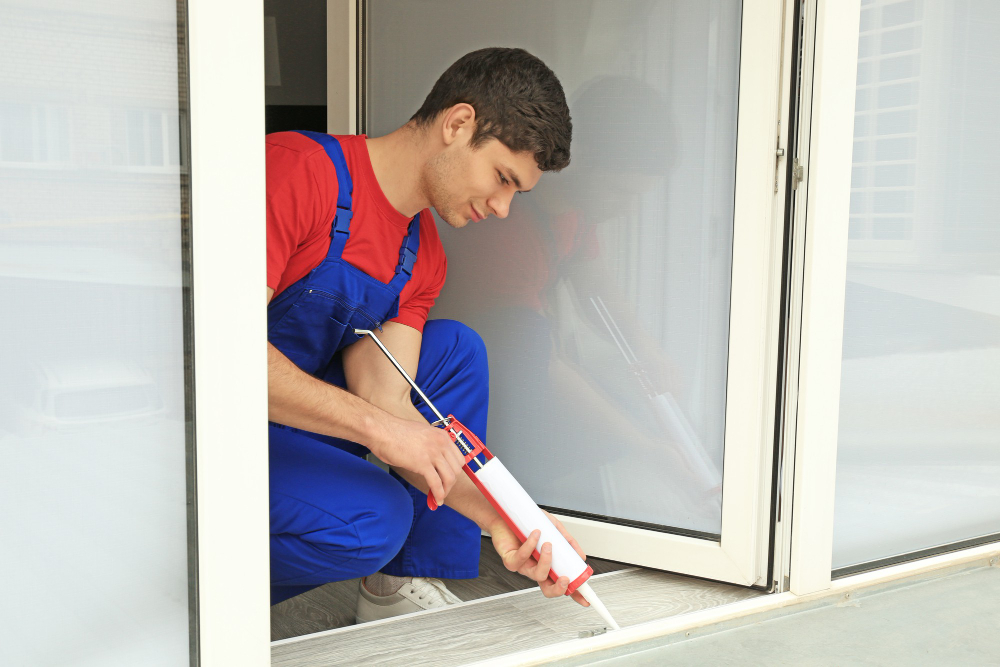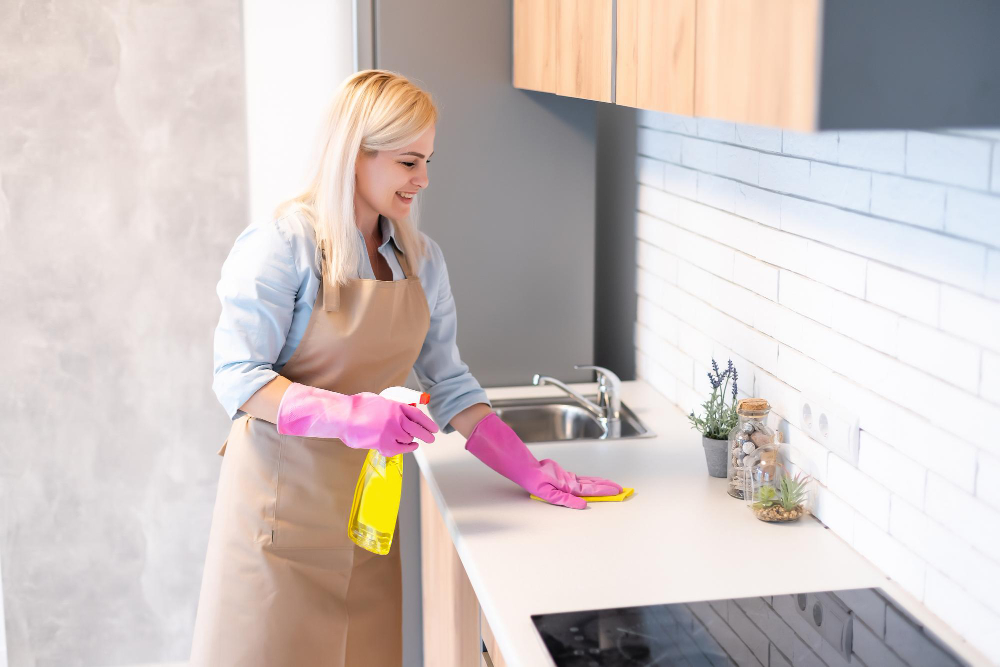Last updated on
Every homeowner cringes at the thought of uninvited guests—especially when they come in the form of pests. A proactive approach to managing these intruders is not just a necessity but a peace of mind strategy.
Understanding the Basics of Preventive Measures

Here, we delve into the essentials of preventive Pest Control Service, explaining why it’s crucial to keep your home sealed and secured from these pesky invaders. Why wait for pests to make themselves at home in your living space?
Prevention is always better than cure, especially when it comes to pest management. By taking steps to secure your home preemptively, you can avoid the discomfort and costs associated with pest infestations.
The First Line of Defense: Sealing Entry Points
One of the most effective tactics in pest prevention is making your home inaccessible. This involves sealing all potential entry points such as cracks and crevices in the foundation, gaps around doors and windows, and even the openings for utility pipes and cables. A thorough inspection and sealing of these vulnerabilities can significantly reduce the likelihood of pests finding their way into your home.
Regular Maintenance Checks

Maintaining your home is crucial in keeping pests at bay. This includes regular checks and cleaning of key areas like kitchens and bathrooms, where moisture and food scraps can attract pests. Ensuring that your drainage systems are functioning properly and that your garbage is securely sealed and disposed of regularly can make a huge difference.
Choose the Right Barriers
Physical barriers can be an effective way to deter pests. For example, using screens on windows and doors can prevent flying insects from entering, while steel wool can be used to block holes that might serve as entry points for mice or rats. Choosing the right barriers for your home can be a simple yet effective part of your pest control strategy.
Landscape and Perimeter Defense
Your home’s exterior plays a pivotal role in pest prevention. Keep your landscaping well-maintained; overgrown bushes and branches can provide pathways for pests to enter your home. Additionally, consider using gravel or rocks near the perimeter of your house, as these materials are less appealing to pests than mulch or wood chips.
Use Natural Predators
Incorporating biological control methods into your pest management plan can be a smart move. For instance, attracting birds that feed on insects can help reduce the pest population around your home naturally. Installing a bird feeder or a bird bath can attract these natural predators, providing a delightful way to manage pests.
The Role of Professional Pest Control Services
Sometimes, despite all preventive measures, professional intervention becomes necessary. Pest control experts bring a level of expertise and resources that you might not possess. They can identify specific vulnerabilities in your home, suggest improvements, and carry out treatments that provide long-term solutions.
Real-life Example: A Homeowner’s Tale
Let’s consider the story of Jane, a homeowner in Pasadena who noticed signs of rodent activity in her home. Despite her best efforts with DIY solutions, the problem persisted.
It wasn’t until she engaged a professional service that she found out her home’s landscaping was partly to blame. The service provided a comprehensive exterior and interior treatment that resolved the issues, highlighting the value of expert advice and intervention.
The Takeaway
Preventive pest control is an ongoing process that requires attention and action. It’s not just about implementing a single tactic, but rather a series of strategic steps that collectively shield your home from unwanted guests.
By understanding the importance of prevention, maintaining your property, and when necessary, enlisting the help of professionals, you can protect your home and enjoy a pest-free environment.
These measures not only minimize the risk of pest infestations but also contribute to the overall well-being and safety of your household. Remember, the goal is to act before pests become a problem, not after they’ve become one. By staying proactive, you can maintain a healthy, happy home environment free from the nuisances and hazards posed by pests.
Table of Contents




